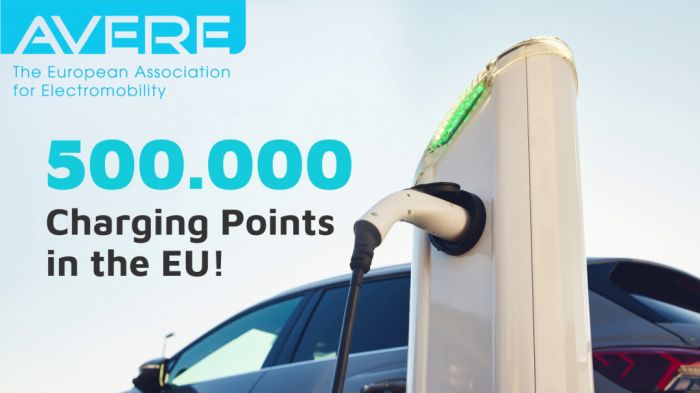Last week saw the European Union achieve a watershed milestone for the uptake of sustainable transport in Europe. The European Alternative Fuels Observatory (EAFO) confirmed that 500.000 EV charging points were installed on the European Union territory!
It is a groundbreaking result showing the total commitment of the EU and its Member States to decarbonising transport.
The Netherlands, France and Germany are the top three countries where the charging points are located.
Let’s now get to the details of how these recharging points work. Public recharging comes in two options: alternating current (AC) recharging points and direct current (DC) recharging points.
When it comes to numbers, they go as follows:
AC Charging Points: 455,902
DC Charging Points: 56,437
AC and DC charging work quite differently and serve different roles.
DC recharging points are typically used for fast recharging. It is used for quick breaks, and consequently, they are dislocated on highways where drivers go by for long trips, as DC allows them to resume their journey quickly.
Since DC charging is faster, you think it should always be your preferred option. However DC comes with high upfront costs that operators usually pass down to consumers by setting higher energy prices than an AC charger would.
AC technology is optimal and more convenient for day-to-day travel and commuting, explaining the higher concentration of AC chargers available.
It is time to build on this remarkable success and take full advantage of the opportunities set down by the Alternative Fuel Infrastructure Regulation to generate an exponential growth of charging points across Europe!

06 June 2023
500.000 charging points in European Union territory
by
V. Christian Manz
TagsCharging points

